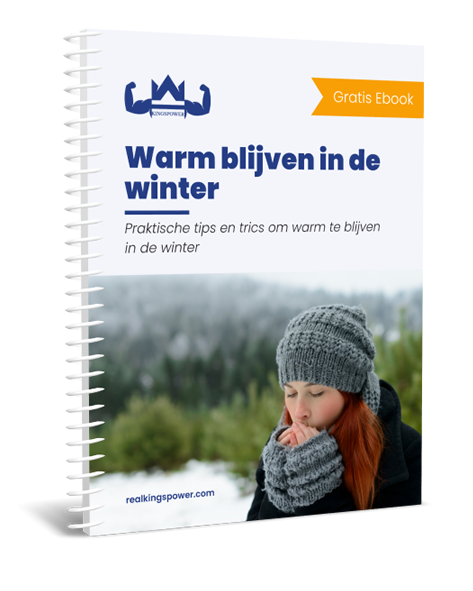In the summer you and your staff can be extra burdened by the (extreme) heat. In order to be able to continue working safely, it is therefore important to know what heat load is and how you can recognize it.
Heat build-up vs heat radiation
Under heat load, two different forms are created, heat accumulation and heat radiation.
With heat accumulation (also called heat storage) more heat is produced than the body can remove. This load can also occur when the outside temperature is perceived as cold, but the body is unable to dissipate the heat. For example, as a result of wearing thermal insulating clothing.
Heat radiation occurs when working under high temperatures, such as when working with liquid metal or gas. This also includes working in direct sunlight. Radiation of heat can lead to drying of the skin and even burns.
Declining performance
When the body works in the heat, it also produces heat. You sweat to keep your body warm. This heat can cause muscles to overheat, reducing their effectiveness. The ability to concentrate also decreases with prolonged exposure to heat. This can lead to a higher risk of (occupational) accidents. Is there a temperature above 25ºC? then productivity drops by about 2% per degree. During a heat wave, your company's productivity can quickly drop by 10% to 30%.
heat illnesses
As is already clear, a high temperature can lead to health problems. These health problems can be categorized into different grades listed below from mildest to severe:
- heat rash: This causes blisters that give an itchy and burning feeling because the sweat glands have become blocked.
- Hittekrampen: These are painful cramps experienced mainly in the legs and abdominal muscles. This is probably caused by a lack of salt.
- Heat exhaustion: During strenuous exercise and high temperatures, the body has difficulty maintaining the blood supply. If the effort stops, one can suddenly feel unwell because the blood pressure drops spontaneously.
- heat stroke: In case of heat stroke, the body temperature can rise above 41ºC, causing damage to the nervous system. In addition to the hallmarks of heat exhaustion, red or hot dry skin, cramps and convulsions can also occur. People often display deviant behavior (confused, aggressive, irritable, amnesia) or eventually lose consciousness.
 The RIVM document briefly describes what to do in each of the above situations and how it can be recognized. By clicking this link you will arrive at the RIVM website where you can download the document yourself. We recommend sharing these within your organization.
The RIVM document briefly describes what to do in each of the above situations and how it can be recognized. By clicking this link you will arrive at the RIVM website where you can download the document yourself. We recommend sharing these within your organization.
DISCLAIMER: This blog should not be construed as medical, regulatory or legal advice in any form. The information shared in this blog has been obtained exclusively from the sources listed, which can be found in the source reference below. Do you have questions about the content? Please contact a specialist or send us an email, after which we can refer you to the right person.
Bronvermelding
https://www.rivm.nl/hitte/documenten/hitte-herken-klachten
https://www.arboportaal.nl/onderwerpen/warmte/risicos-van-werken-bij-hoge-temperaturen
https://www.arboned.nl/wat-u-moet-weten/arbeidsrisico-s-verminderen/klimaat#temperatuur






